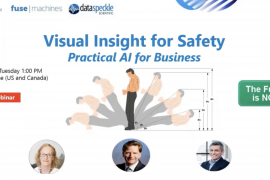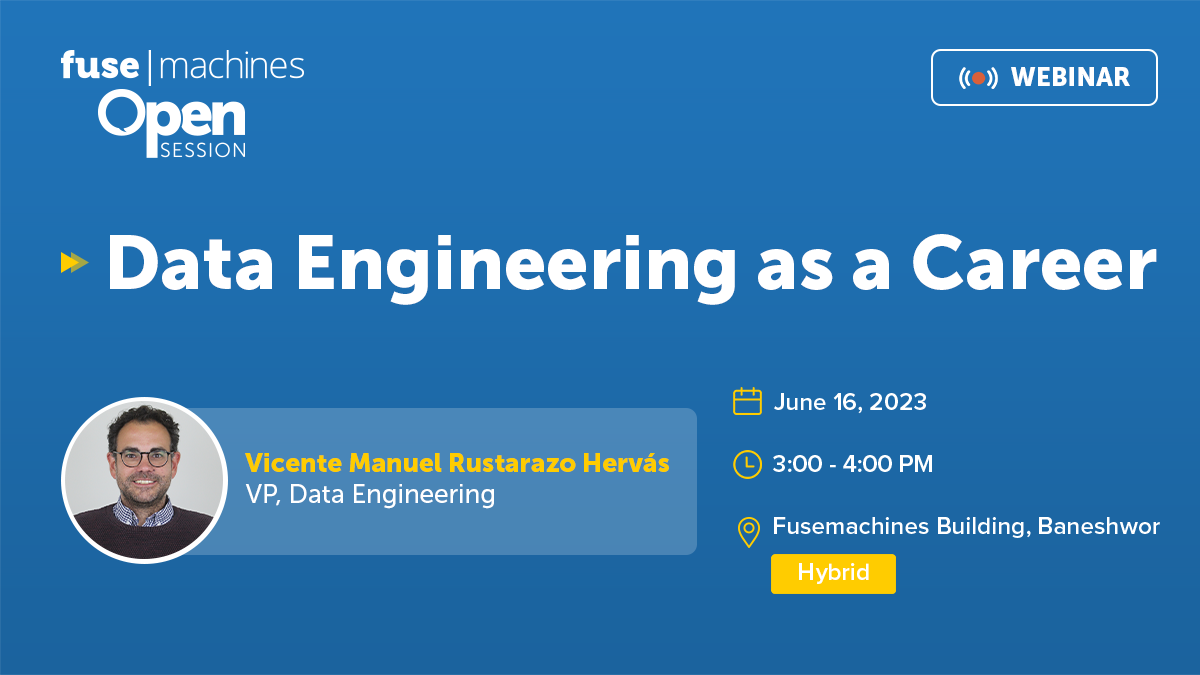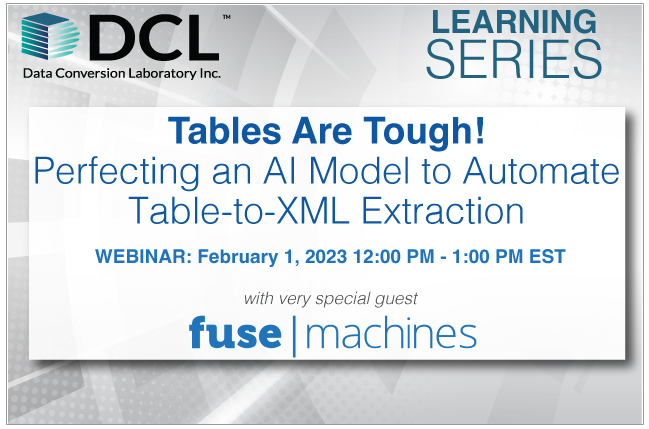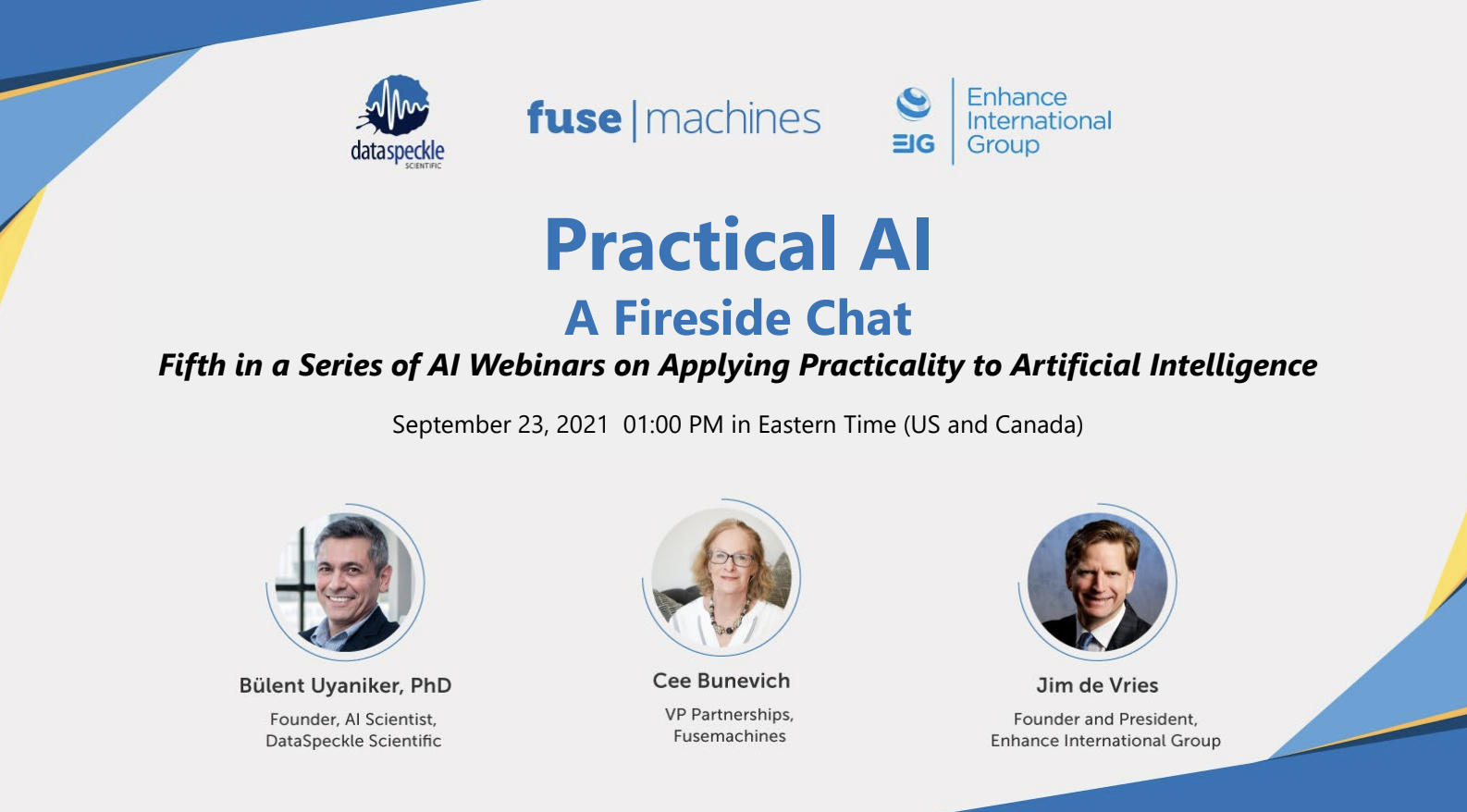Video Insight for Safety (Part II) “Visual Spectrum Worlds” Webinar Takeaways

This webinar was the 4th in a series of webinars on practical AI for business with Cee (Carol) Bunevich, VP of partnerships at Fusemachines, partner Jim de Vries, founder of Enhance International Group (EIG), and Bülent Uyaniker, Fusemachines PhD consultant and founder of DataSpeckle.
EIG stands to challenge prevailing management practices by collaborating with companies on turnaround management, corporate restructuring, productivity, and performance improvement for companies and stakeholders.
Here are our takeaways.

Image segmentation and background subtraction are the basis of all medical imaging.

CNN is used to extract hierarchy of features
Convolutional neural networks extract a hierarchy of features from images. While low level features don’t provide much information (as you can see above), the algorithm uses these tiny details to learn what an eye should look like at all levels. Further into the layers, deep learning detects mid and high level features, giving the algorithm a notion of the curvature of entire faces.

AI For Safety Situations
AI can identify potentially dangerous situations through video. As seen in the upper left image, AI is trained to detect whether or not one is standing in the case of cardiac arrest or other emergencies. The switch gear in the upper right is one of the most potentially dangerous places where an emergency detector would be especially useful. On a construction site with large devices such as forklifts and boon cranes, every individual needs to be accounted for.

MMPose safety case study
In the above, several algorithms are customized together to identify the position of an individual’s neck, arms and torso. Using a top to bottom approach, it first identifies the person, then the nodes, and finally the orientation of their legs.
Algorithm detects individuals, locates them and detects their body parts



Key learnings
- Choose simplest solution possible
- Video infrared AI/ML is a viable alternative
- Video AI/ML can provide significant value while addressing privacy concerns
- Machine provides the underlying insight
To watch the webinar, click here.



